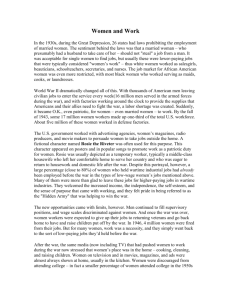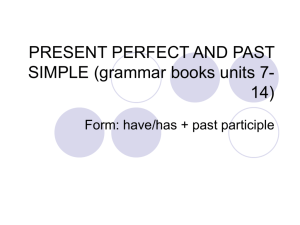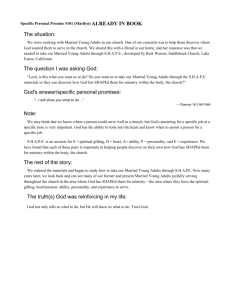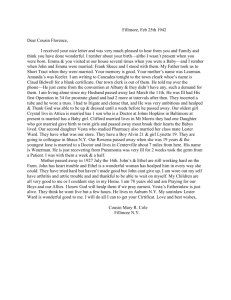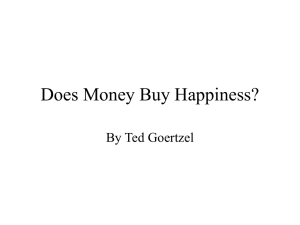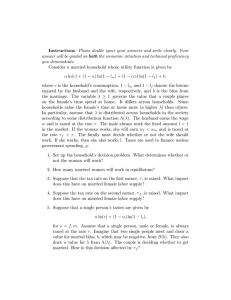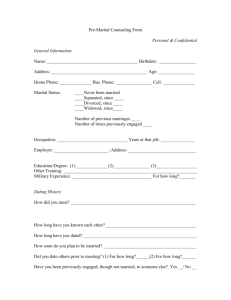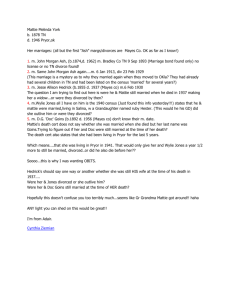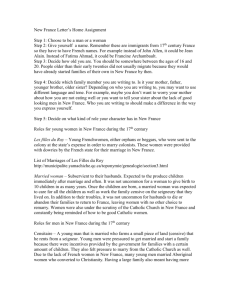Naive Bayes Practice Exam Question
advertisement
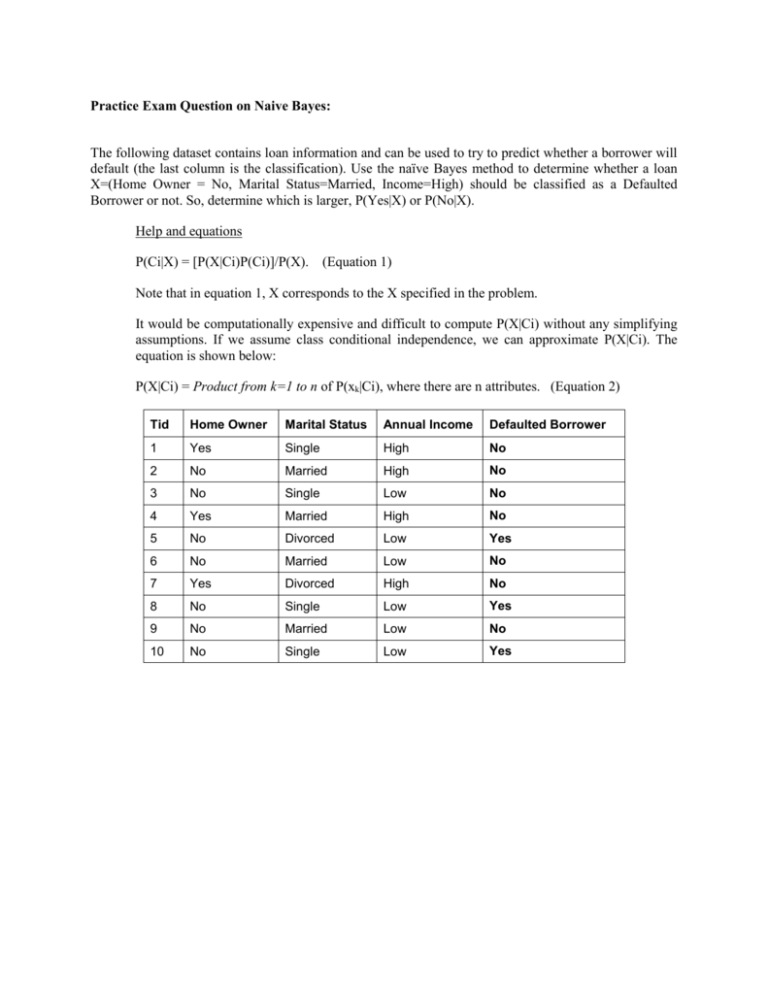
Practice Exam Question on Naive Bayes: The following dataset contains loan information and can be used to try to predict whether a borrower will default (the last column is the classification). Use the naïve Bayes method to determine whether a loan X=(Home Owner = No, Marital Status=Married, Income=High) should be classified as a Defaulted Borrower or not. So, determine which is larger, P(Yes|X) or P(No|X). Help and equations P(Ci|X) = [P(X|Ci)P(Ci)]/P(X). (Equation 1) Note that in equation 1, X corresponds to the X specified in the problem. It would be computationally expensive and difficult to compute P(X|Ci) without any simplifying assumptions. If we assume class conditional independence, we can approximate P(X|Ci). The equation is shown below: P(X|Ci) = Product from k=1 to n of P(xk|Ci), where there are n attributes. (Equation 2) Tid Home Owner Marital Status Annual Income Defaulted Borrower 1 Yes Single High No 2 No Married High No 3 No Single Low No 4 Yes Married High No 5 No Divorced Low Yes 6 No Married Low No 7 Yes Divorced High No 8 No Single Low Yes 9 No Married Low No 10 No Single Low Yes Solution: P(Yes) = .3 and P(No) = .7 P(X|No) = P(Home Owner=No|No) x P(Status=Married|No) x P(Income=High|No) = 4/7 x 4/7 x 4/7 = 0.187 P(X|Yes) = P(Home Owner=No|Yes) x P(Status=Married|Yes) x P(Income=High|Yes) = 3/3 x 0/3 x 0/3 = 0 Now use equation 1, but since both sides of the comparison will have P(X) in the denominator, we can ignore it. Ignoring that, we have: P(No|X) = 0.187 x 0.7 = .1309 P(Yes|X) = 0 x .3 = 0 So, since .1309 is larger than 0, we will classify the loan as “No”. Note: these are not actually probabilities since we did not divide by P(X).
